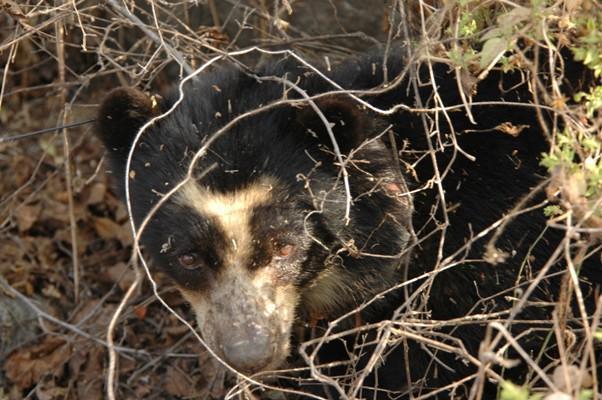Shaeandhoa Garcia
Other projects
26 May 2005
Evaluating the Conservation Status of the Threatened Andean Bear (Tremarctos ornatus) in La Sierra de Portuguesa, Venezuelan Andes I
Deep knowledge on the species habitat and landscape-use patterns is urgently needed to reduce the effects of fragmentation, and ensure its long-term conservation.

Andean bear (Tremarctos ornatus) populations are becoming isolated across the Venezuelan Andes due to habitat destruction, and poaching has caused important drops on population numbers. The smallest population within the country is found in Sierra de Portuguesa, restricted to small patches of primary forest at mountain-tops, continuously reduced by agricultural expansion. Three national parks have been established within the species range in the area, but they are partially-isolated from each other and surrounded by a matrix of human disturbance. Immediate action is required to reduce the risk of local extinction.

This research seeks to identify factors that modulate Andean bear distribution, habitat and landscape-use in Sierra de Portuguesa, through the generation of a habitat model. The information gathered will fulfil key requirements on the species Action Plan, and allow the establishment of guidelines for future management strategies on the study area.
Following three years of continuous effort, the project's fieldwork stage is now completed. The use of bear-sign censuses across truncated-distance sampling transects allowed the establishment of the species current distribution in Sierra de Portuguesa, the evaluation of use of an "Ecological Corridor" between two protected areas, and the characterization of bear habitat-use patterns across primary and secondary forest, forest edges, agriculture and dirt roads.
For the coming year, the analysis and final stage of the project will be undertaken at the Wildlife Research Group, University of Cambridge. Landscape ecology concepts supported by a GIS (geographical information systems) database will be used as principal framework for the generation of the habitat model, and the establishment of conservation guidelines.